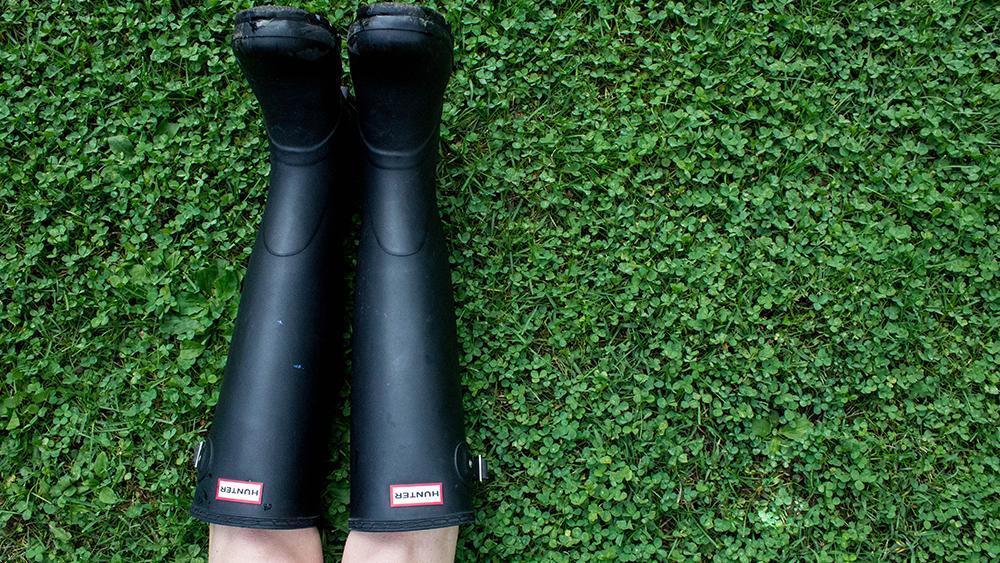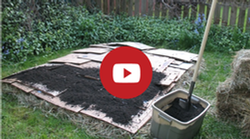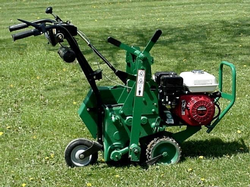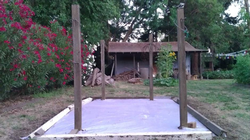How to Replace Your Lawn – & What to Put There Instead

Lawns are a landscape feature we've borrowed from areas where rain is more plentiful. They're great for kids and parks and ball fields, but problematic from an environmental perspective. If you aren't actively using your lawn, please consider replacing it with a more Earth-friendly option.
>What's so bad about lawns?
>Benefits of removing or reducing your lawn
>3 methods of lawn removal: smother, dig, or bake
>What to put where your lawn was
>Plants that make great lawn alternatives
>Think twice before getting a fake lawn
The bad news about lawns
Water
• Lawns need significant water, a precious resource in Marin County.
• Half of Marin's water goes to landscapes, mostly for lawns.
• Getting water to homes takes 20% of California's electricity, the second largest contributor of greenhouse gas emissions after transportation.
• Comparison: A lawn with seven sprinkler heads uses around 70 gallons of water in ten minutes. Using one-gallon-per-hour emitters, 50 plants on drip irrigation use 8.5 gallons in ten minutes.
• Drought is a reality. The four-year period between 2011 and 2015 was California's driest since record keeping began in 1895. Because of climate change, environmental extremes are expected to become more severe.
Pollution
• Residue from lawn fertilizers, pesticides, and gas-powered mowers can runoff into soil, lakes and streams. This can harm insects and fish, disrupt the food chain, and degrade drinking water.
• According to the Environmental Protection Agency, common lawn
fertilizers, herbicides, and insecticides can cause significant problems:
- “Some lawn chemicals threaten native plants by harming beneficial insects that safely control weeds and unwanted insects.”
- “Lawn chemicals account for the majority of wildlife poisonings reported to the EPA.”
- “Several types of cancer, immuno-response deficiencies, neurological diseases, and birth defects have been associated with exposure to lawn chemicals.”
- “Rates of lymphoma in pets of pesticide users are significantly higher than occurrences in the pets of non-chemical users.”
Maintenance
Lawns are high maintenance! They must be watered, mowed, edged, aerated, fed, and weeded. If you do keep a lawn, please consider a more natural approach to lawn care.
Lack of biodiversity
Lawns are sometimes called green deserts because they don't contribute to the critical mix of pollinators, beneficial insects, and other living creatures that make up a healthy ecosystem.
Benefits of removing or reducing your lawn
• Save water, time, energy, money
• Avoid chemicals
• Replace lawn and create a wildlife and pollinator habitat
• Reduce noise, air, and water pollution
• Make better use of the space
3 methods of lawn removal: smother, dig, or bake
What should you put where your lawn was?
Once your lawn is gone, take a moment to consider all the ways you could use that space. It's natural to think about replacing your lawn with another green expanse. But perhaps there's a better use for the space. Also, assess the area thoroughly to be sure any plants you choose are well-suited for that area.
How will you use the space?
• Do you need to walk on it?
• Do you want to sit there?
• Will your kids play in the area?
• Do you need a new, attractive entry?
• Is it a good place for a patio?
• Do you want color or another green expanse?
• How about turning your lawn into a vegetable garden?
• What else?
What are your site conditions?
Sun exposure, irrigation, and soil are a few of the important elements to consider when getting to know your garden.
Click here to view:
> PLANT LIST OF GRASSES and
> WALKABLE LAWN ALTERNATIVES
The grass is not necessarily greener with a fake lawn
Artificial turf was first introduced in 1965 at the Houston Astrodome. It was dubbed “Astroturf," for use at its indoor stadium. Although fake grass sounds like an easy fix – a green "lawn" without the hassle -- there are many reasons to avoid it:
Artificial turf removes space for living plants. This means less habitat for insects, birds, small mammals, and the millions of living creatures in your soil.
Can be impervious, preventing leaves and other organic debris from infiltrating into soil
Requires a leaf blower for cleaning.
Gets incredibly hot; On an 80 degree day, it can reach 130 degrees or higher. Can burn sensitive tree roots below its surface.
Expensive, ranging from $8 to $15 per square foot.
Is not weed-free; crabgrass and other weeds can grow in it
Will eventually end up in a landfill, where it could take hundreds of years to decompose.
With all the easy, colorful, low-water plants we can grow in our sublime climate, why not choose a living lawn alternative instead?
See our plant lists for alternatives and low water plants.



